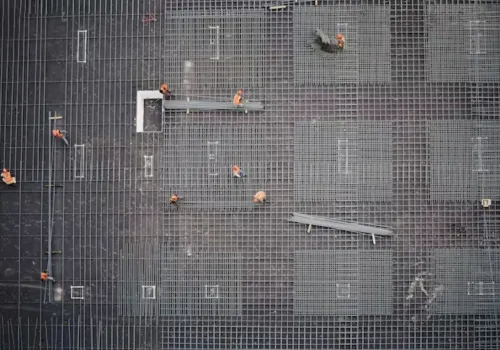
Flooding remains a persistent challenge in coastal Louisiana, affecting homes, businesses, and communities with increasing frequency. To combat this, Jules Albert III, owner of Jaymar Construction LLC in Slidell, Louisiana, emphasizes the importance of adopting flood-resilient construction practices.

“Flood-resilient construction focuses on designing and building structures that can withstand the unique challenges of coastal environments, from storm surges to heavy rainfall,” Albert explains. “By implementing proven techniques, property owners can mitigate the effects of flooding and enhance the durability of their buildings.”
Louisiana’s coastal regions are particularly susceptible to flooding due to their low-lying geography, frequent storms, and rising sea levels. The financial and emotional toll of flood damage is significant, and resilient construction offers a proactive approach to minimizing these risks and preparing for future flood events.
Several strategies are integral to flood-resilient construction, each addressing specific vulnerabilities to reduce water intrusion, minimize structural damage, and speed up recovery after flooding.
Raising buildings above anticipated flood levels is a highly effective way to prevent flood damage. Techniques like pier-and-beam construction or raised foundations reduce the likelihood of water entering living spaces, protecting interiors and critical systems.
Floodproofing includes dry and wet methods to resist water intrusion. Dry floodproofing seals the foundation to keep water out, while wet floodproofing allows water in but uses materials resistant to damage.
Choosing materials that withstand water exposure, such as concrete, pressure-treated wood, and corrosion-resistant metals, ensures durability and simplifies cleanup after floods.
Proper drainage systems, including graded landscapes, French drains, and permeable materials, redirect water away from buildings, preventing pooling and water damage.
Installing critical systems like HVAC units and electrical panels above flood levels or in protective enclosures ensures these systems remain functional during a flood, aiding in faster recovery.
Flood-resilient construction in Louisiana must account for frequent hurricanes, heavy rainfall, and strict regulations, including FEMA guidelines. Builders must tailor construction methods to the region’s unique needs, integrating wind-resistant features and complying with local codes to address the dual threats of flooding and storm damage.
Investing in flood-resilient techniques offers long-term benefits, including:
Resilient buildings require fewer repairs after floods, saving property owners money.
Flood-resistant structures provide safer living environments during and after floods.
Flood-resilient homes and businesses are more attractive to buyers, particularly in flood-prone areas.
Properties with flood mitigation features often qualify for reduced insurance rates.
Flood-resilient construction is crucial for Louisiana’s coastal regions, where flooding is a constant threat. By adopting techniques such as elevating structures, using flood-resistant materials, and designing effective drainage systems, property owners can safeguard their investments and minimize flood damage. For communities in flood-prone areas, resilient construction practices offer a pathway to a safer, more sustainable future.